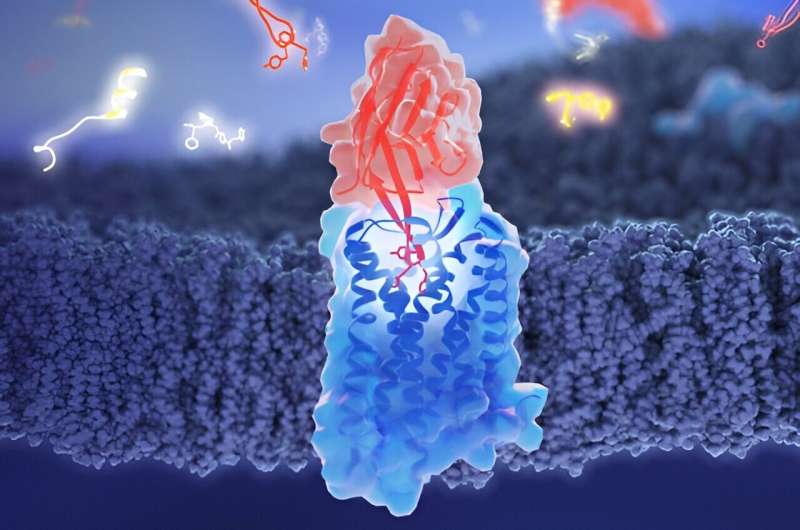Researchers from the University of Geneva have discovered a promising molecule called nanobody NbE that could dramatically reduce the harmful side effects of opioid drugs. By binding tightly to the same cell receptors that opioids target, NbE can block the drugs’ activity and potentially mitigate issues like respiratory depression and addiction. This breakthrough could lead to better treatments for the global opioid crisis. Opioids and nanobodies are the key focus areas.

Blockade of Opiods using Nanobody NbE
Opioid drugs, such as morphine, fentanyl, and tramadol are powerful painkillers but have serious consequences – from dizziness to life-threatening respiratory depression. Unfortunately, misuse of these drugs has resulted in a global opioid crisis and as of 2018 has been responsible for almost half a million deaths per year around the world.
Now, scientists at the University of Geneva (UNIGE) have identified how to fix this problem. They identified a tiny, naturally occurring protein called NbE (for nanobody E) that could bind to the same cell receptors as opioids with high affinity over long periods. Through this, NbE can act as a heavy blockage of the drugs’ effect displacing the drugs from acting on these receptors and reducing all their malignant activity.
Has the Future of Opioid Treatment Been Nanobodied?
NbE and other nanobodies are smaller than typical antibodies, which could mean they work better at reaching their targets inside the body. By employing high-resolution structural biology methods, researchers at UNIGE were able to elucidate the mechanism by which NbE engages with opioid receptors and LepB compared with conventional peptide-size ligands (e.g., traditional tramadol analgesics), revealing a distinct binding mode that arises from a small fraction of the nanobody that endows its selectivity.
This finding may lead to further opportunities in designing chemotypes that represent the essential elements of NbE but are even smaller and more operation as selective inhibitors. The UNIGE group has already developed, in the laboratory and with the help of collaborators from the University of Brussels, a series of these miniaturized molecules. These new molecules could turn back or eliminate the harmful side effects of opioids, and also stand to do even a better job (with longer-lasting effects) than naloxone – the overdose treatment currently in use.
Nanobodies for Opioid Management: How The Future Will Unlock?
This is a hope of using nanobody-specific treatment to target opioid-related problems, which is one answer to the global health crisis. Through this long-lasting displacement of receptors that serve as opioid recruiting stations, these bantamized antibodies may address the alarming results of opioid misuse and overdose.
“Given the current opioid epidemic, it is necessary to rapidly produce new molecules that reduce side effects in patients and lower the risk of opioid-induced overdoses,” stresses Miriam Stoeber, associate professor at UNIGE and group leader of the project. Through additional tweaking and fine-tuning, the nanobody-derived compounds could be a potent weapon that is less addictive as well as more effective in the combat against the opioid epidemic. We can only hope that this research will bear more fruit that could be used to save lives in the world.
